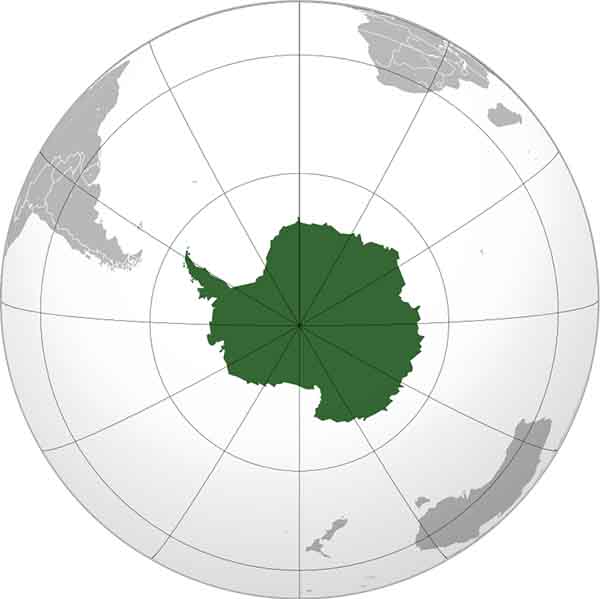

The Lost City - Cradle of Life
Theories
Remote Viewing Below Ant-arctica
Chile Connections to Antarctica's Underground Bases
La Palma - Canary Islands Mega-Tsunami, "Los Atlantes" Volcanoes
2024 Videos - Missions and Mysteries Frozen in Time
Ellie, Antarctica, UFOs, Black Holes, Simulation Theory
Videos: Antarctica Science & Pseudoscience